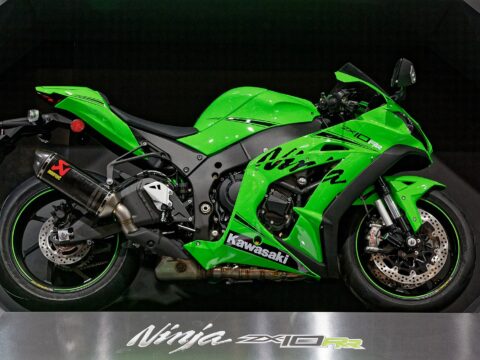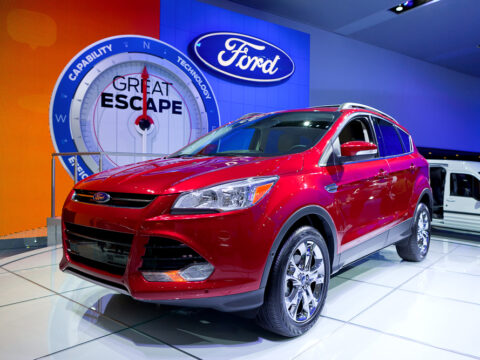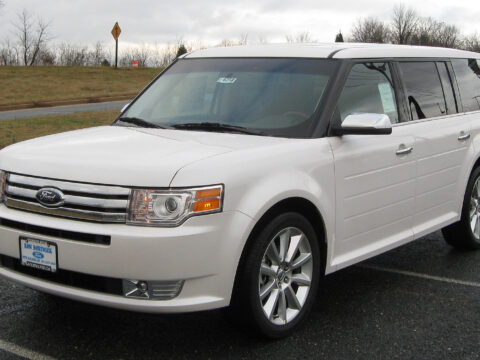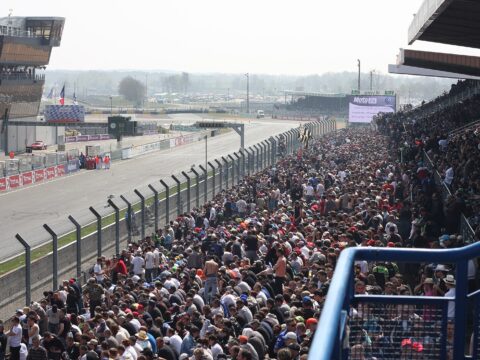Ferrari has crafted some of the most legendary sports cars in automotive history. Each model not only showcases Ferrari’s dedication to performance and design but also influences the entire sports car industry. From iconic classics to modern masterpieces, these 16 models highlight the brand’s remarkable journey and lasting impact.
Contents
Ferrari 250 GTO
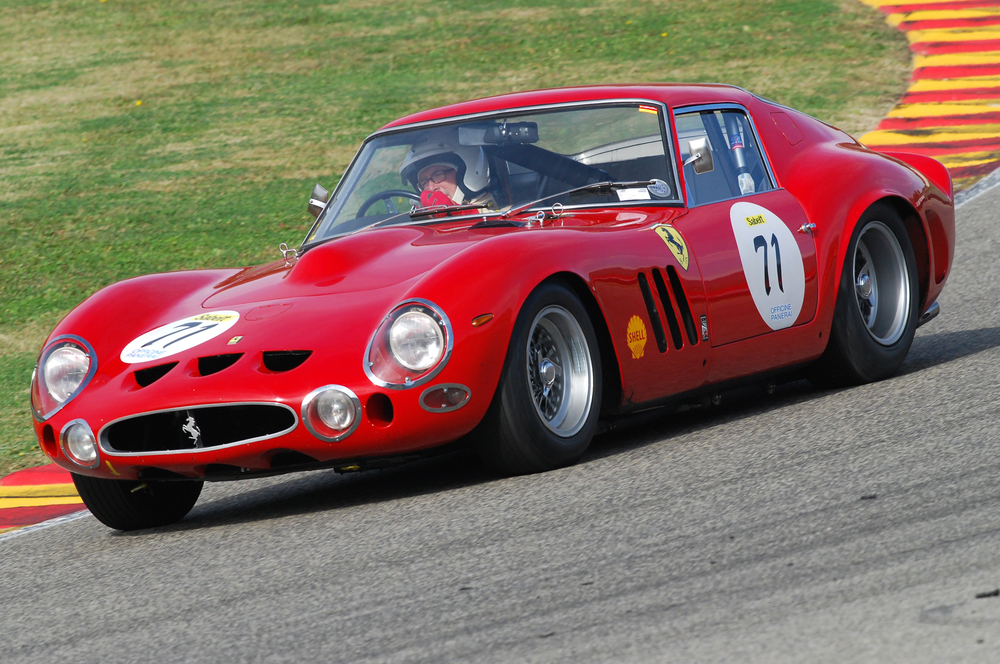
An icon in automotive history, the Ferrari 250 GTO is celebrated for its stunning design and superior performance. Produced between 1962 and 1964, it became a symbol of Ferrari’s racing prowess, winning numerous races and championships. With its V12 engine and aerodynamic body, it set the standard for future sports cars, emphasizing both speed and elegance. Collectors and enthusiasts revere the 250 GTO, often fetching record prices at auctions.
Ferrari F40
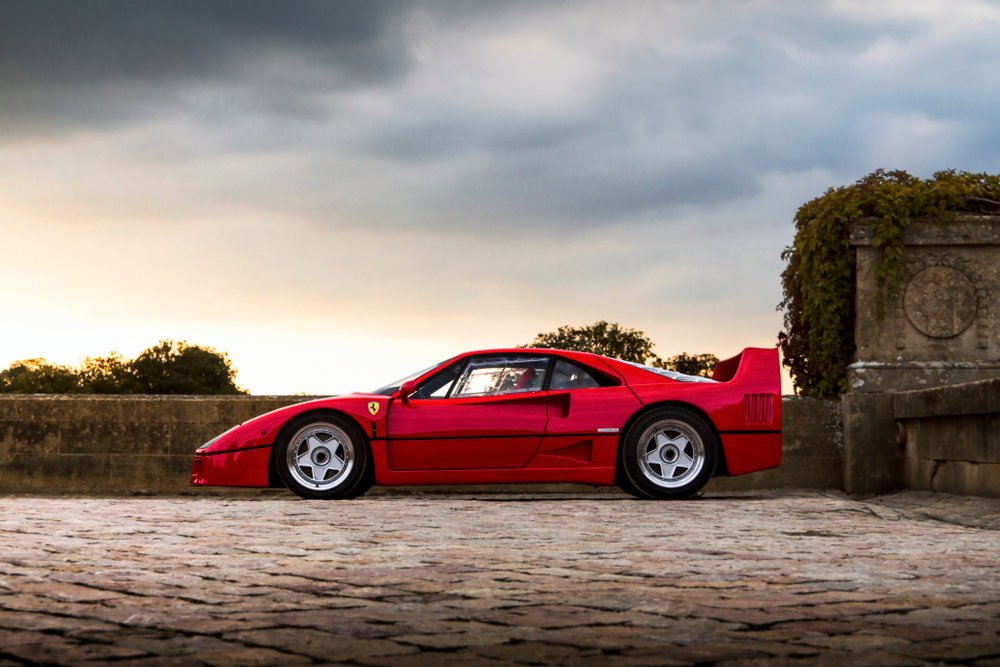
The F40, launched in 1987 to celebrate Ferrari’s 40th anniversary, was designed to be the ultimate supercar. It was the last model personally approved by Enzo Ferrari, featuring a twin-turbocharged V8 engine and a lightweight carbon fiber body. The F40’s raw performance and minimalist design philosophy influenced many subsequent high-performance sports cars. Its uncompromising approach to speed and driving experience set new standards in the supercar segment.
Ferrari 365 GTB/4 Daytona
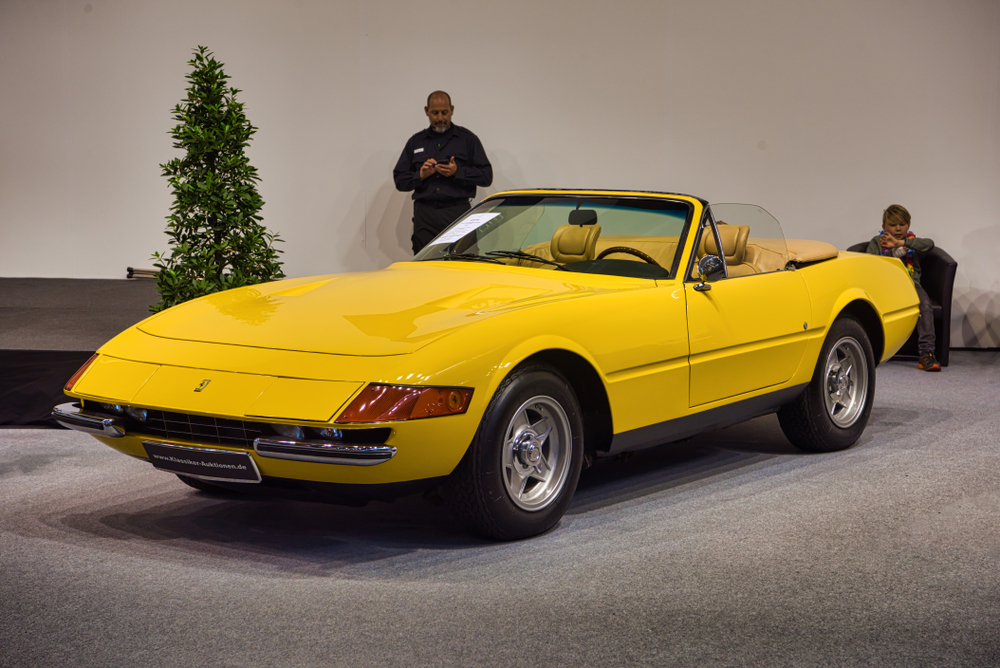
The 365 GTB/4, commonly known as the Daytona, epitomized Ferrari’s prowess in grand touring cars during the late 1960s and early 1970s. With a front-mounted V12 engine and sleek design, it offered both high speed and luxurious comfort, influencing the GT market. The Daytona’s success on the track, including a class victory at the 24 Hours of Le Mans, cemented its reputation. Its enduring appeal is a testament to Ferrari’s ability to blend performance with style.
Ferrari 288 GTO
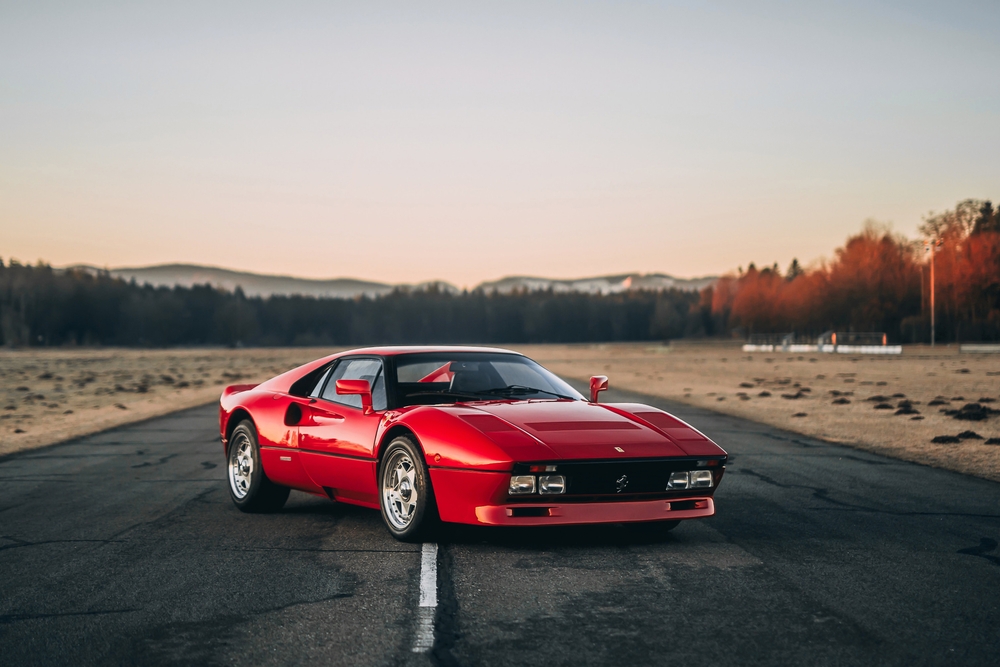
Introduced in 1984, the Ferrari 288 GTO marked the beginning of the brand’s modern supercar era. Its twin-turbo V8 engine and advanced aerodynamics made it a formidable competitor. Although it never raced in the intended Group B series, the 288 GTO’s technology and design influenced future models like the F40. It remains a rare and highly sought-after piece of Ferrari’s history.
Ferrari Testarossa
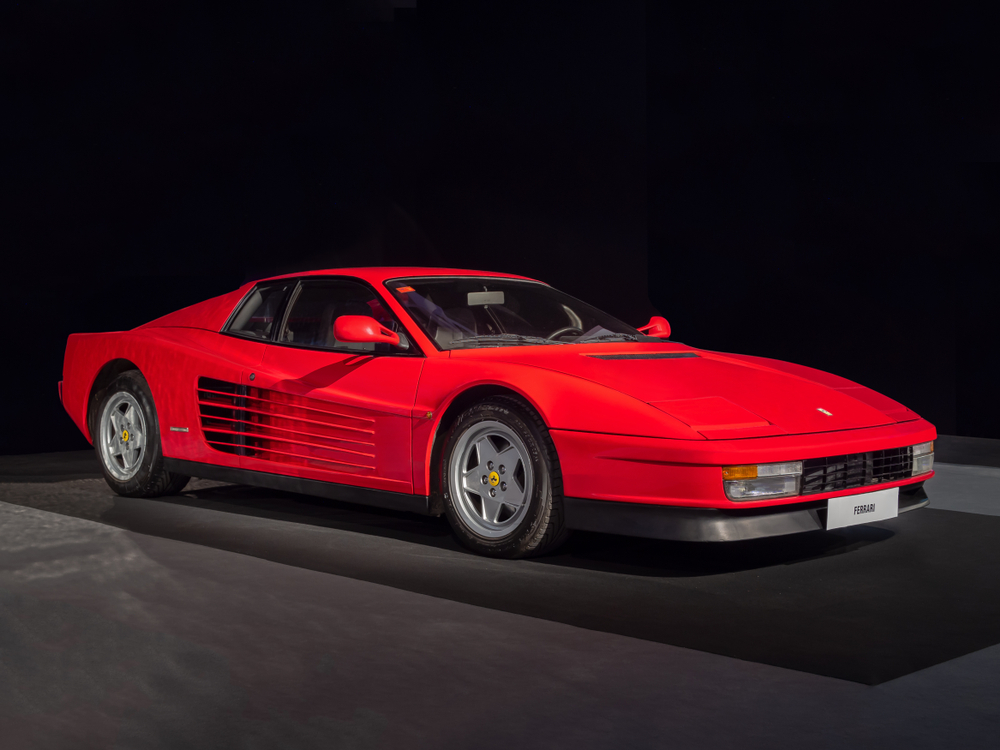
The Ferrari Testarossa, launched in 1984, became an icon of the 1980s with its distinctive side strakes and wide rear track. Powered by a mid-mounted flat-12 engine, it offered exceptional performance and handling. Design and engineering innovations, such as improved cooling and aerodynamics, influenced later Ferrari models. Its cultural impact, including appearances in media and pop culture, further enhanced its legendary status.
Ferrari 250 Testa Rossa
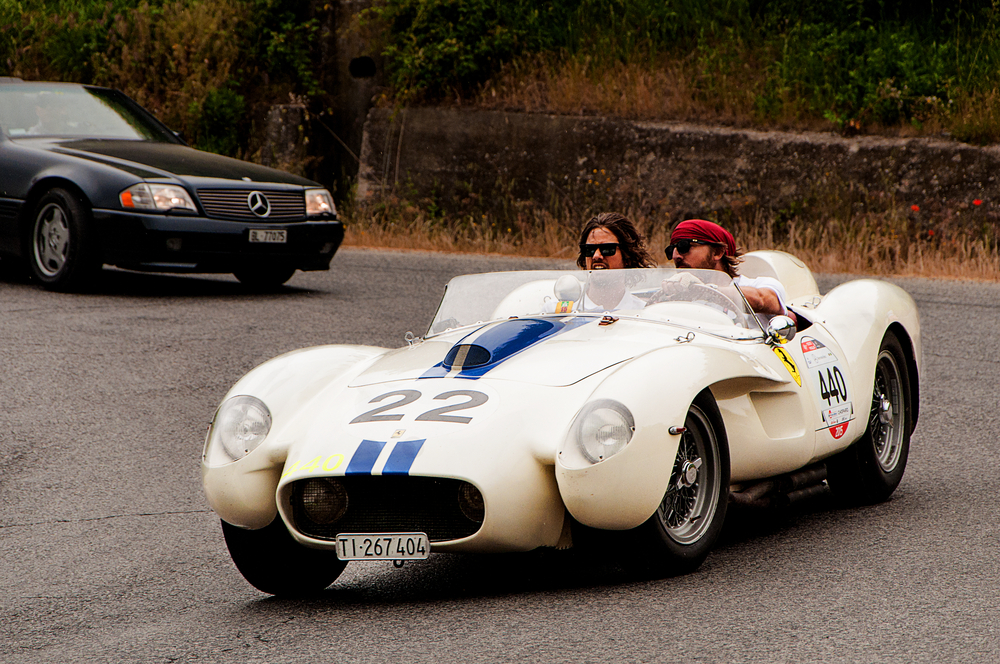
The 250 Testa Rossa, produced in the late 1950s, is one of Ferrari’s most celebrated race cars. Its name, meaning “red head,” refers to the red-painted valve covers of its V12 engine. With numerous victories in endurance racing, including the 24 Hours of Le Mans, it showcased Ferrari’s engineering excellence. The 250 Testa Rossa’s performance and design influenced subsequent racing and road models.
Ferrari Enzo
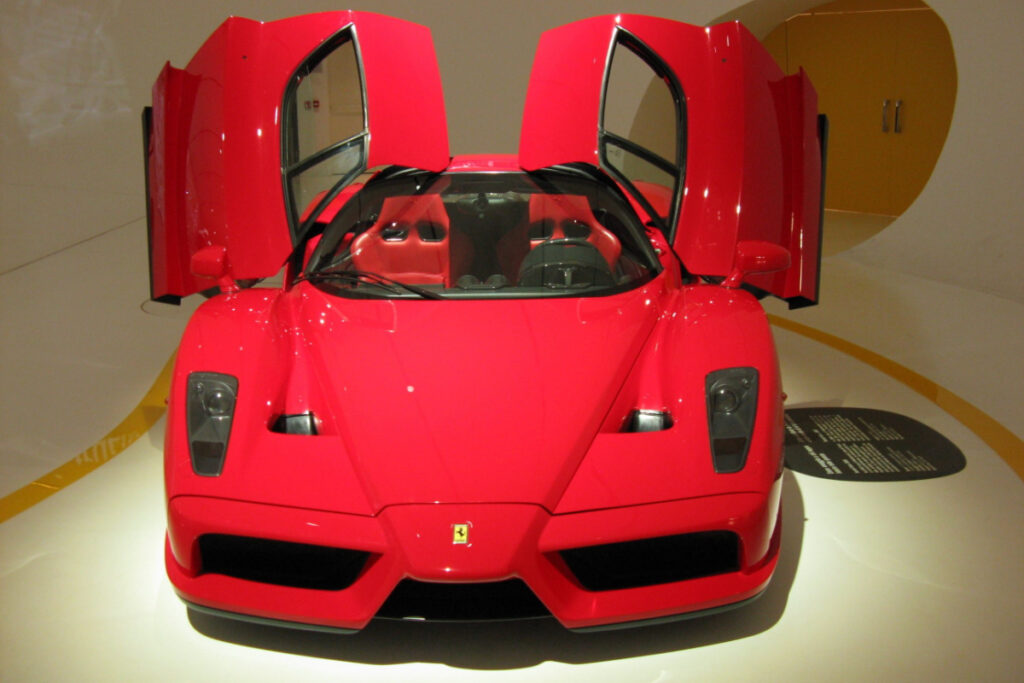
Named after the company’s founder, the Ferrari Enzo was introduced in 2002 as a showcase of the brand’s cutting-edge technology. Featuring a naturally aspirated V12 engine and advanced aerodynamics, it was a marvel of engineering. The Enzo’s innovative use of carbon fiber and electronic driver aids influenced modern supercar design. It remains a benchmark for performance and a symbol of Ferrari’s commitment to excellence.
Ferrari 599 GTB Fiorano
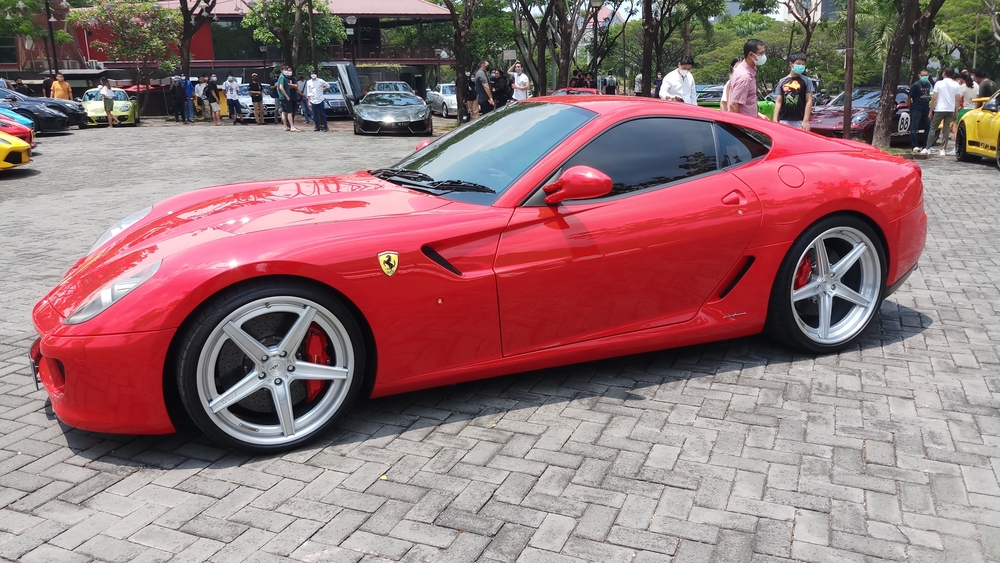
The 599 GTB Fiorano, launched in 2006, combined Ferrari’s racing heritage with luxury and advanced technology. Its front-mounted V12 engine delivered exceptional power, while its sophisticated suspension system provided superior handling. Design and performance set new standards for grand touring cars, making the 599 GTB a standout. It influenced the development of later models, showcasing Ferrari’s ability to innovate in the GT segment.
Ferrari 458 Italia
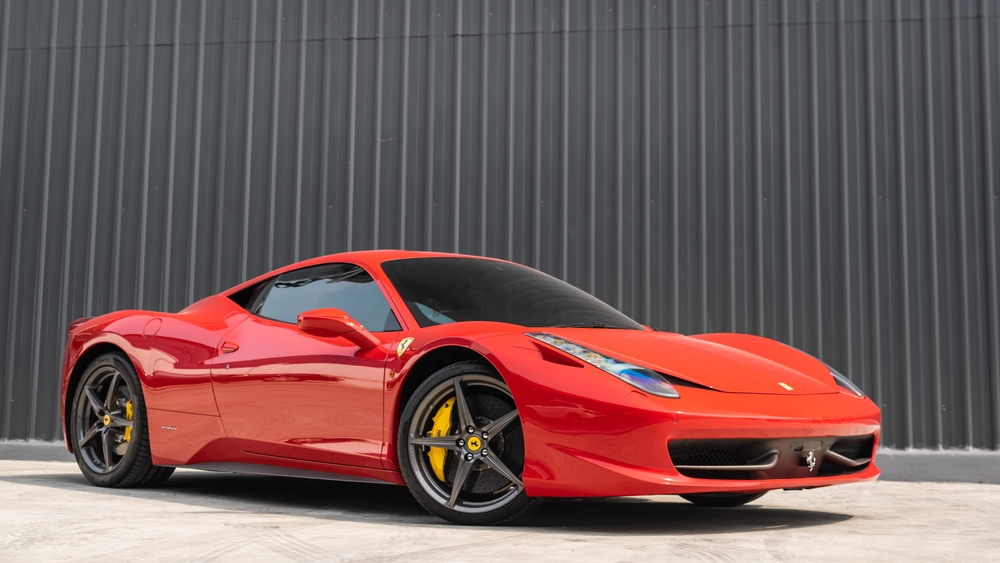
Introduced in 2009, the Ferrari 458 Italia represented a significant leap forward in design and technology for the brand. Its mid-mounted V8 engine and aerodynamic styling delivered unparalleled performance and handling. Innovations such as active aerodynamics and a dual-clutch transmission influenced modern sports car design. The 458 Italia remains a favorite among enthusiasts for its blend of speed, agility, and aesthetic appeal.
Ferrari 488 GTB
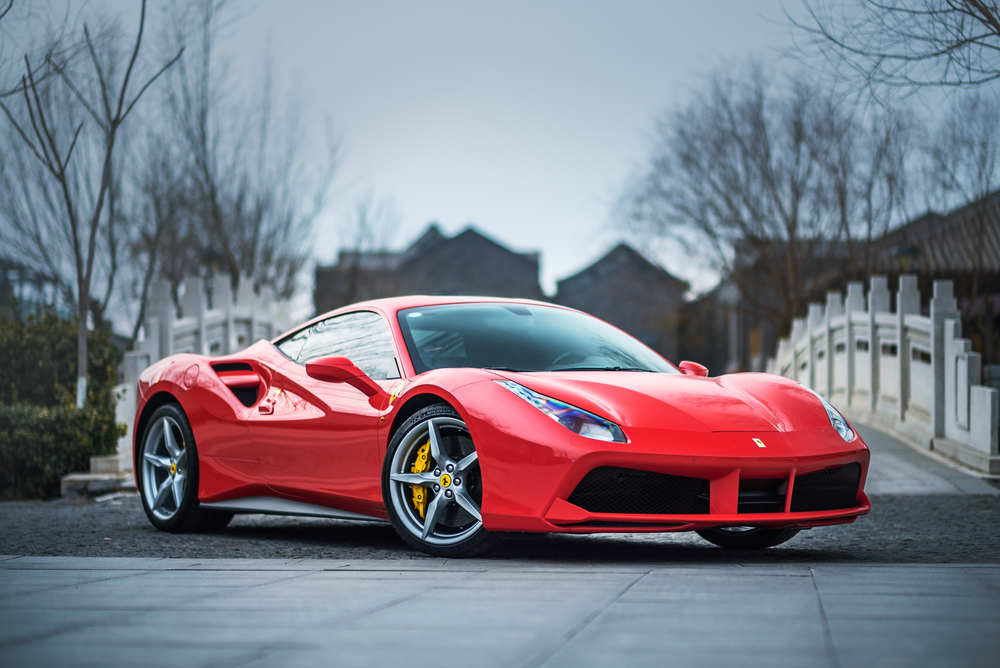
The Ferrari 488 GTB, introduced in 2015, marked the return of turbocharging to the brand’s mid-engined V8 lineup. Its twin-turbo V8 engine offered immense power and improved efficiency, setting new benchmarks for performance. Advanced aerodynamics and electronic systems further enhanced its driving dynamics. The 488 GTB influenced the next generation of supercars, showcasing Ferrari’s ability to balance tradition with innovation.
Ferrari LaFerrari
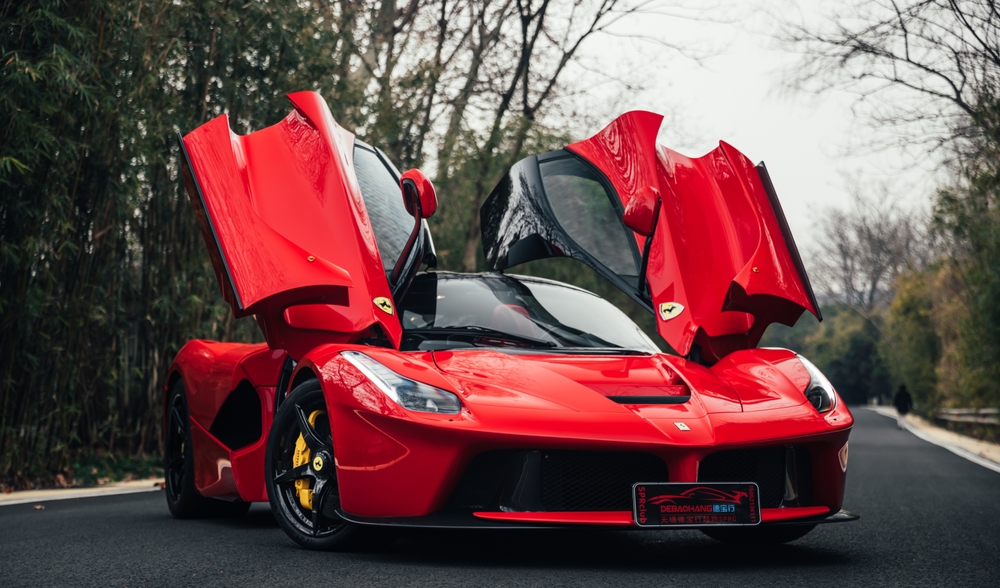
Launched in 2013, the Ferrari LaFerrari was a hybrid supercar that pushed the boundaries of performance and technology. Its combination of a V12 engine and an electric motor delivered extraordinary power and efficiency. Advanced aerodynamics and lightweight construction influenced the design of future hypercars. LaFerrari represented the pinnacle of Ferrari’s engineering prowess and commitment to sustainable performance.
Ferrari F355
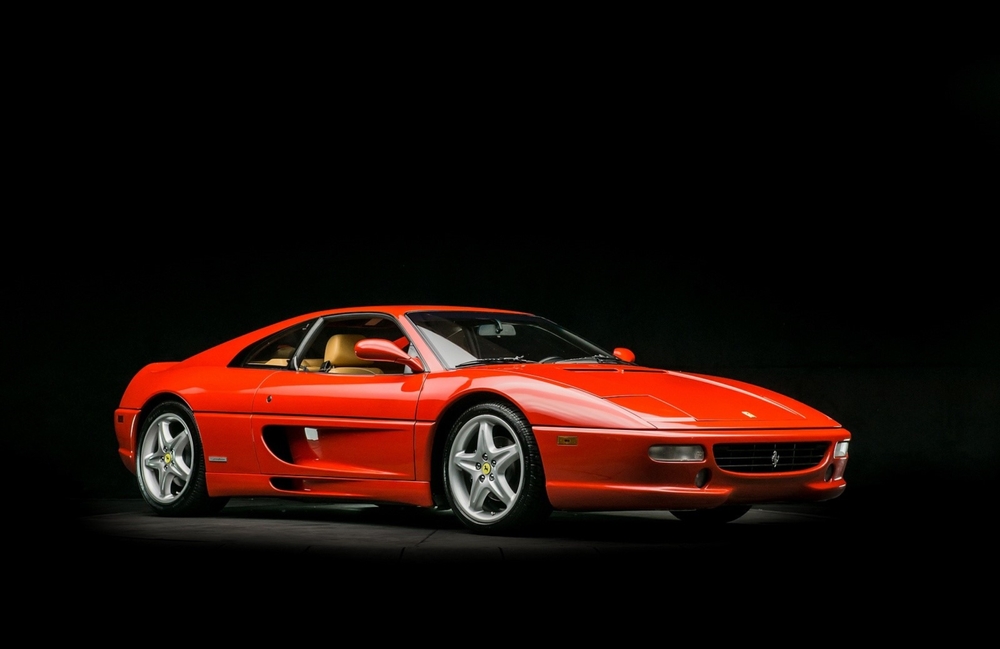
The Ferrari F355, produced from 1994 to 1999, was a pivotal model that revitalized the brand’s reputation for performance and handling. Its mid-mounted V8 engine and refined aerodynamics delivered a thrilling driving experience. Advancements in engine technology and chassis design influenced subsequent Ferrari models. The F355 remains a beloved classic, known for its balance of power, agility, and timeless design.
Ferrari Dino 246 GT
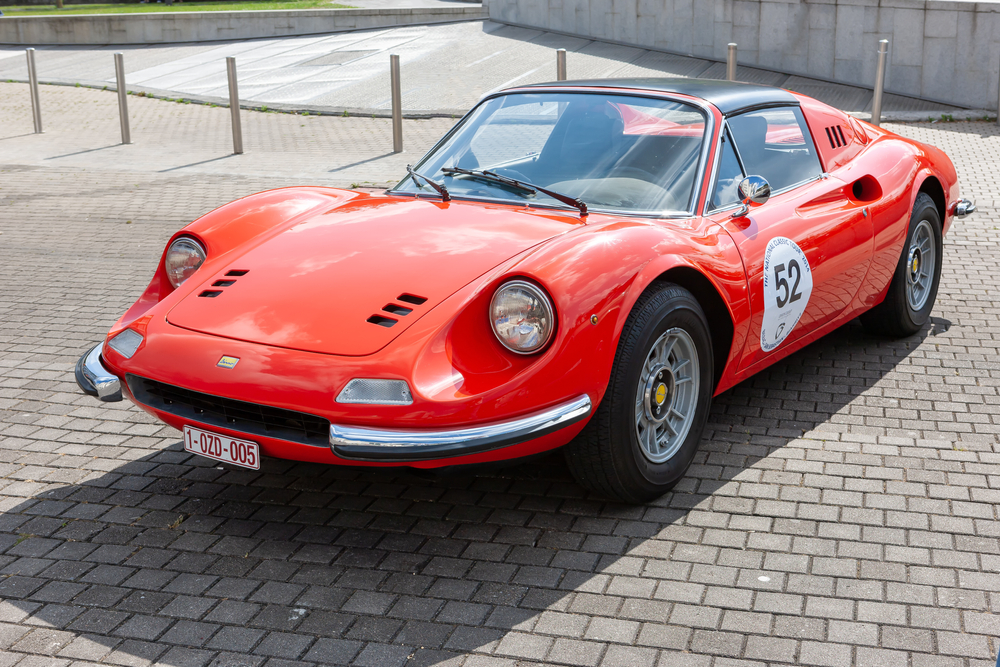
The Dino 246 GT, produced between 1969 and 1974, was a departure from Ferrari’s traditional V12 models, featuring a V6 engine. Named after Enzo Ferrari’s son, it offered exceptional handling and a distinctive design. The Dino 246 GT’s influence extended beyond Ferrari, inspiring the development of smaller, high-performance sports cars. Its legacy lives on as one of the most beloved and collectible models in Ferrari’s history.
Ferrari 308 GTB/GTS
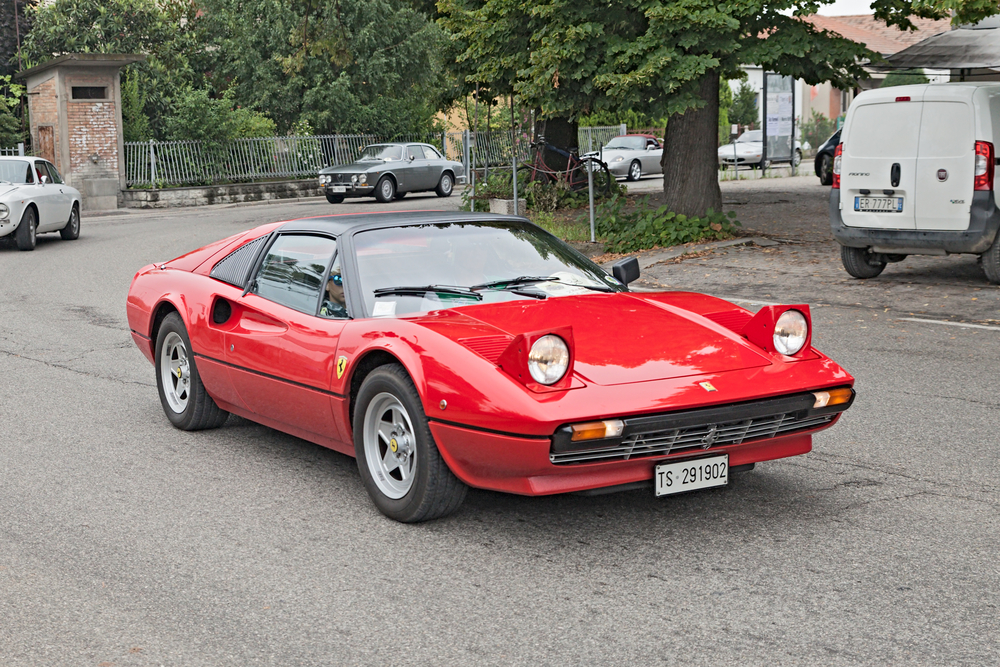
Produced from 1975 to 1985, the Ferrari 308 GTB/GTS became a cultural icon thanks to its appearances in media and its timeless design. Its mid-mounted V8 engine and sleek lines offered a perfect blend of performance and style. The 308’s influence extended to future Ferrari models, cementing its status as a classic. Collectors and enthusiasts continue to admire its driving experience and aesthetic appeal.
Ferrari 330 P4
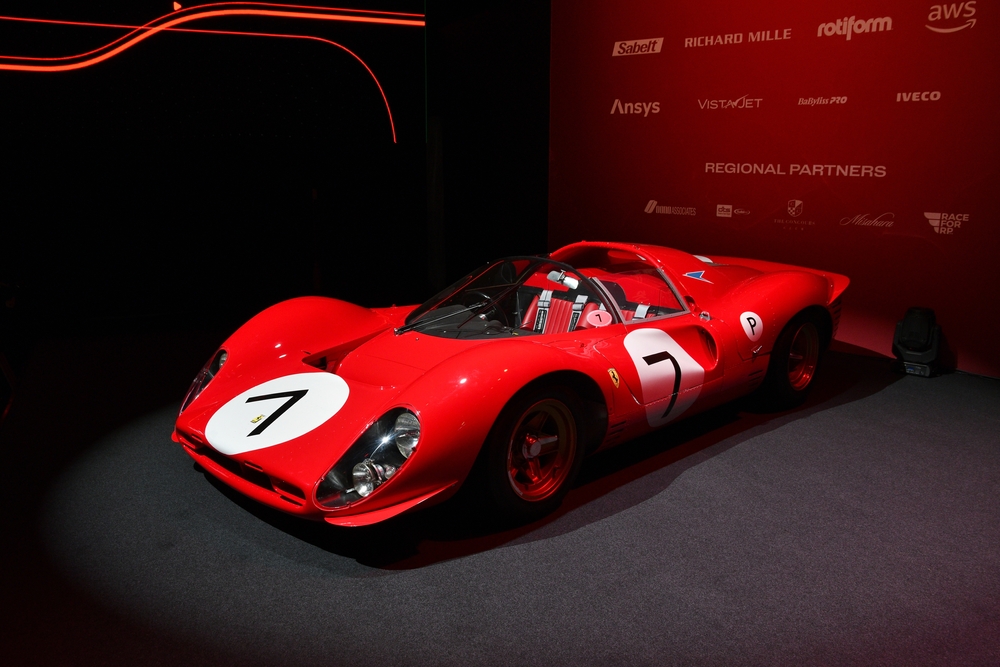
Produced in 1967, the Ferrari 330 P4 is one of the most celebrated race cars in Ferrari’s history. Its mid-mounted V12 engine and advanced aerodynamics made it a dominant force in endurance racing. The 330 P4’s design and engineering influenced future racing and road cars. It showcased Ferrari’s commitment to performance and innovation, becoming a symbol of their racing heritage.
Ferrari F12berlinetta
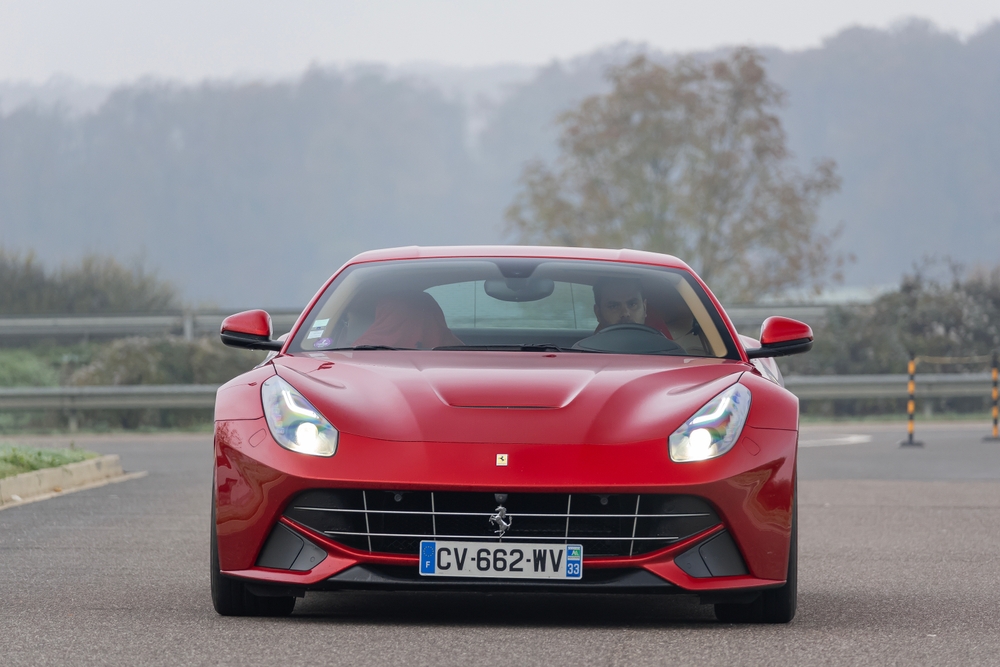
Introduced in 2012, the Ferrari F12berlinetta was a front-engined supercar that set new benchmarks for performance and design. Its V12 engine and aerodynamic styling delivered exceptional speed and handling. Technological advancements influenced the development of future Ferrari models. The F12berlinetta represents the pinnacle of Ferrari’s front-engined V12 lineage, combining power with elegance.
Ferrari SF90 Stradale
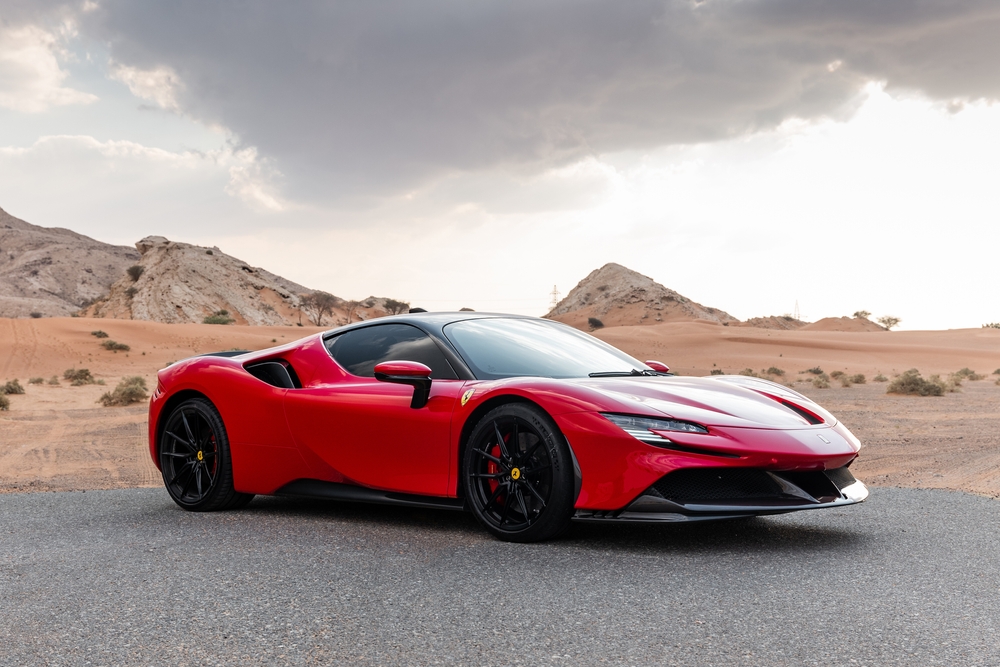
Launched in 2019, the Ferrari SF90 Stradale is a plug-in hybrid supercar that represents the future of performance. Its combination of a V8 engine and electric motors delivers unprecedented power and efficiency. Advanced aerodynamics and cutting-edge technology influence the next generation of high-performance sports cars. The SF90 Stradale showcases Ferrari’s commitment to innovation and sustainability.
This article originally appeared on MyCarMakesNoise.
More from MyCarMakesNoise
20 Must-See Roadside Attractions for Your Next Adventure
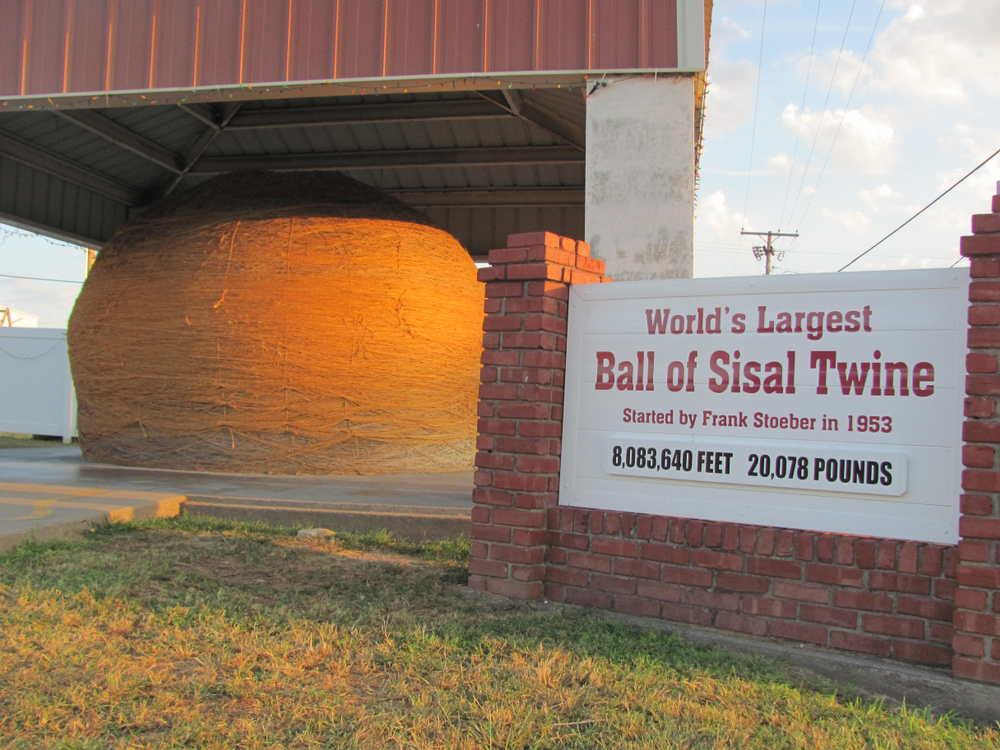
Planning your next road trip? Don’t just focus on the destination—there’s a world of wonder waiting for you along the way. Read More.
Top 20 Lamborghini Supercars Dominating the Super Trofeo
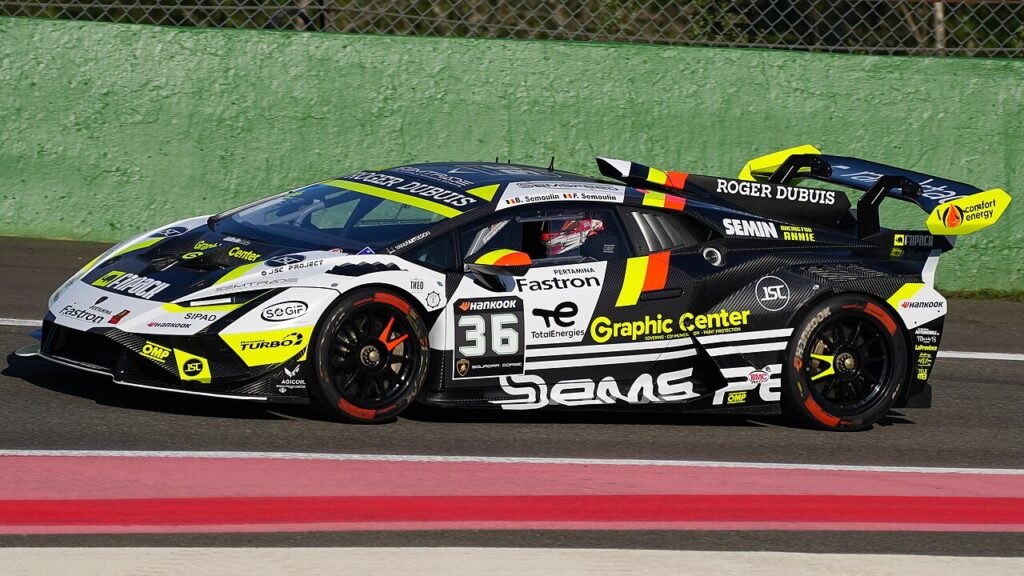
When it comes to speed, power, and prestige, Lamborghini has consistently set the bar high in the world of motorsports. The Super Trofeo series is where these raging bulls truly shine, showcasing the brand’s most thrilling supercars in intense competition. Read More.
15 Common Misconceptions About Electric Car Efficiency
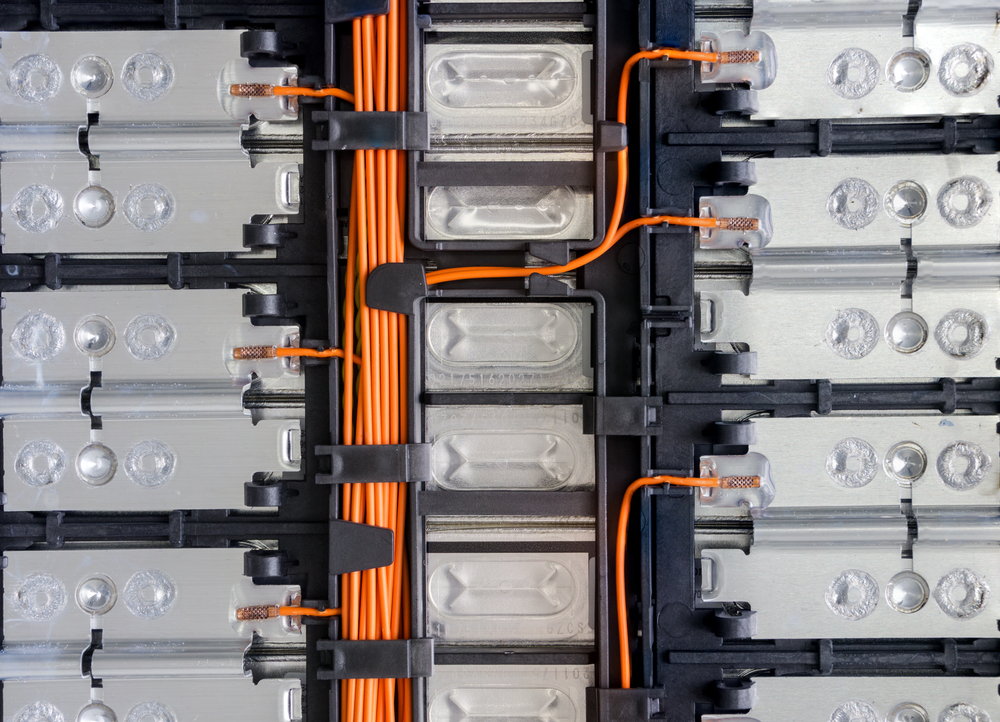
Electric vehicles (EVs) are becoming increasingly popular as people look for more sustainable transportation options. However, there are still many misconceptions about their efficiency that can create confusion. Read More.

